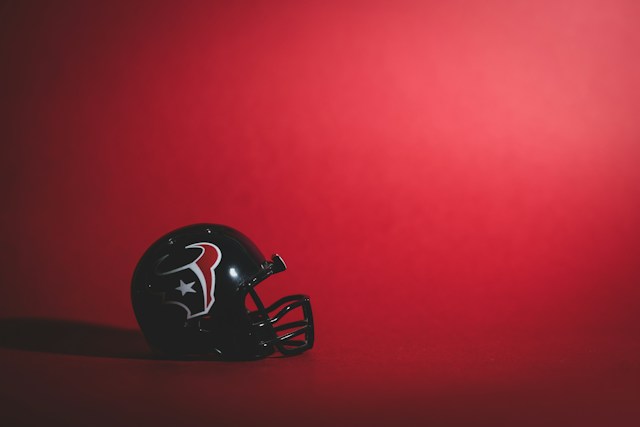
|
The National Football League (NFL) is a multi-billion dollar sports entertainment behemoth built on the hard knocks and physicality of the game. As research has advanced linking repetitive head injuries to long-term neurological disorders, the league has implemented innovative rules and policies to protect its most valuable assets – the players.
This evolution shows how the NFL has adapted from its hard-hitting roots to integrate cutting-edge safety protocols.
Helmets – From Leather to Advanced Tech
In the early days of the NFL, rudimentary leather helmets provided nominal protection. As materials science advanced, plastic shells and facemasks became standard by the 1950s. Today's helmets utilize advanced materials like thermoplastic polyurethane and polycarbonate to absorb shock. Helmet technology continues to progress with recent innovations like the Vicis Zero1 aiming to reduce head injuries. Mandatory helmet regulations ensure players wear protective quality equipment.
Medical Spotters – Identifying Visible Injuries
In response to research on the short and long-term repercussions of concussions, the NFL introduced independent medical spotters in 2011 and, in 2016, increased the number of spotters from one to two.
These neurotrauma specialists surveil the field and broadcast booth feeds to identify visible signs of injury like gross motor instability or blank/vacant looks. If spotted, the medical spotter immediately calls for examination and possible removal from play. This safety net catches players that may try to hide injuries to stay on the field.
Concussion Protocol – Mandatory Evaluation and Treatment
The NFL implemented a strict concussion assessment protocol in 2011. The multi-step process commences if a player exhibits concussion-like symptoms or sustains a heavy blow to the head. They must be cleared by an independent neurological consultant before returning to play.
Teams that violate protocol face hefty fines and loss of draft picks. The protocol has been credited for the substantial decline in NFL concussions. It demonstrates a shift from the days when players were applauded for getting their “bell rung” and continuing to play in a daze.
Data-Driven Defense: Analytics on the Frontlines
The advent of big data in sports has fortified NFL defenses not just against opposing offenses but against injury. Patterns mined from countless plays guide decisions that reduce risk, balancing the Super Bowl odds with odds of player injury. Analysis of tackle types and positions most associated with injury lead to tactical adjustments, rendering the game safer without diluting its competitive spirit.
Penalty Emphasis – Discouraging Dangerous Tactics
Alongside equipment and medical changes, on-field penalties have aimed to reduce injuries. Targeting and hitting defenseless receivers now bring 15-yard penalties and possible ejections or suspensions. The penalties provide a strong deterrent rather than tacitly accepting hazardous plays as “part of the game.” Emphasizing these penalties reflects how the NFL hopes to balance safety with preserving American football's physical, aggressive style of play.
Long-Term Vision – Promoting Youth Safety
The NFL has indicated plans to create a safer football future by pledging over $100 million towards medical research and youth programs. Partnerships with organizations like USA Football and the CDC promote awareness of head injury prevention methods, proper tackling form and equipment fitting.
Medical research aims to improve equipment designs, concussion diagnosis and treatment. While payouts related to head trauma lawsuits taint the NFL's image, these initiatives demonstrate tangible action towards reducing risks for football players of all ages.
Conclusion
After years of denial and sweeping the health implications of head injuries under the rug, the NFL has taken noticeable steps implementing equipment, rules and medical safeguards reflecting increased awareness around player safety.
Even as fans deliberate the odds to win the Super Bowl, they can rest assured that the league is also betting on a safer, sturdier future for its players. The NFL, once a bastion of brute force, has morphed into a beacon for both innovation and introspection, protecting the legacy of its athletes as fiercely as it celebrates their achievements on the field.
Significant progress has aimed to balance safety with maintaining the essence of the hard-hitting, intensely physical sport millions of fans love. If these trends continue, future generations may view the current game as archaic – yet also express gratitude for how today's standards arose out of difficult lessons that protect those who play for years to come.







